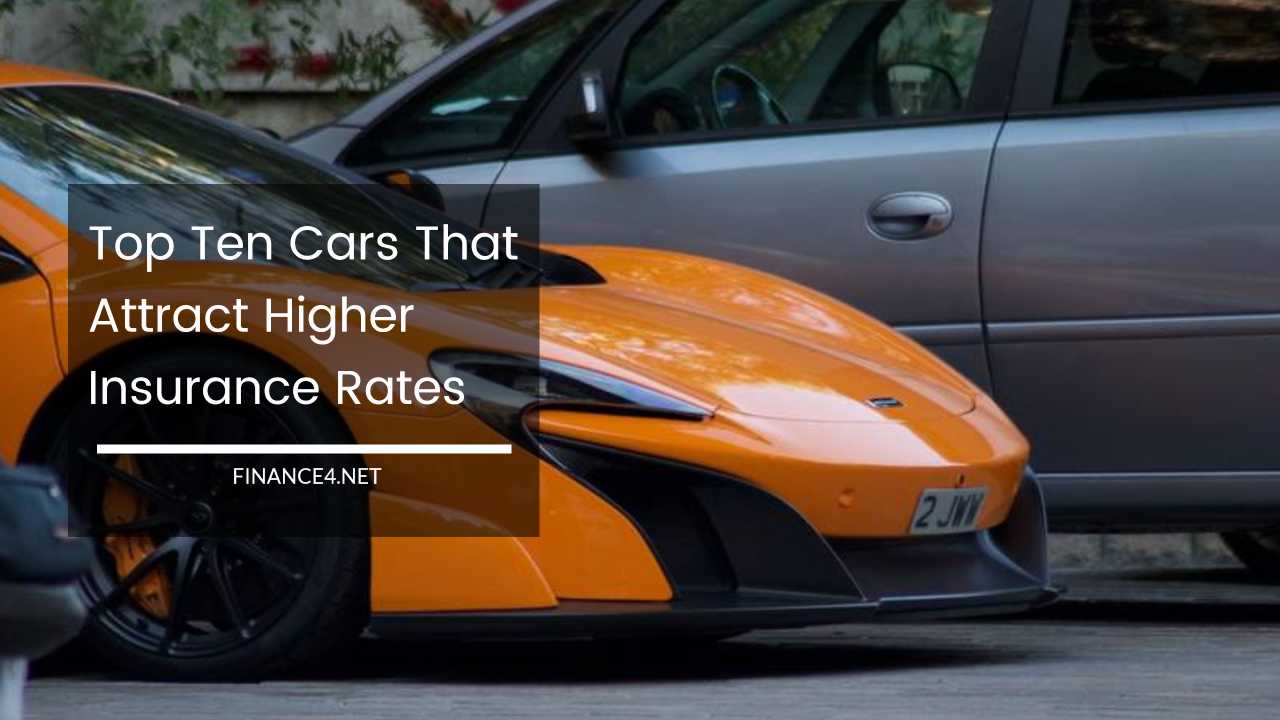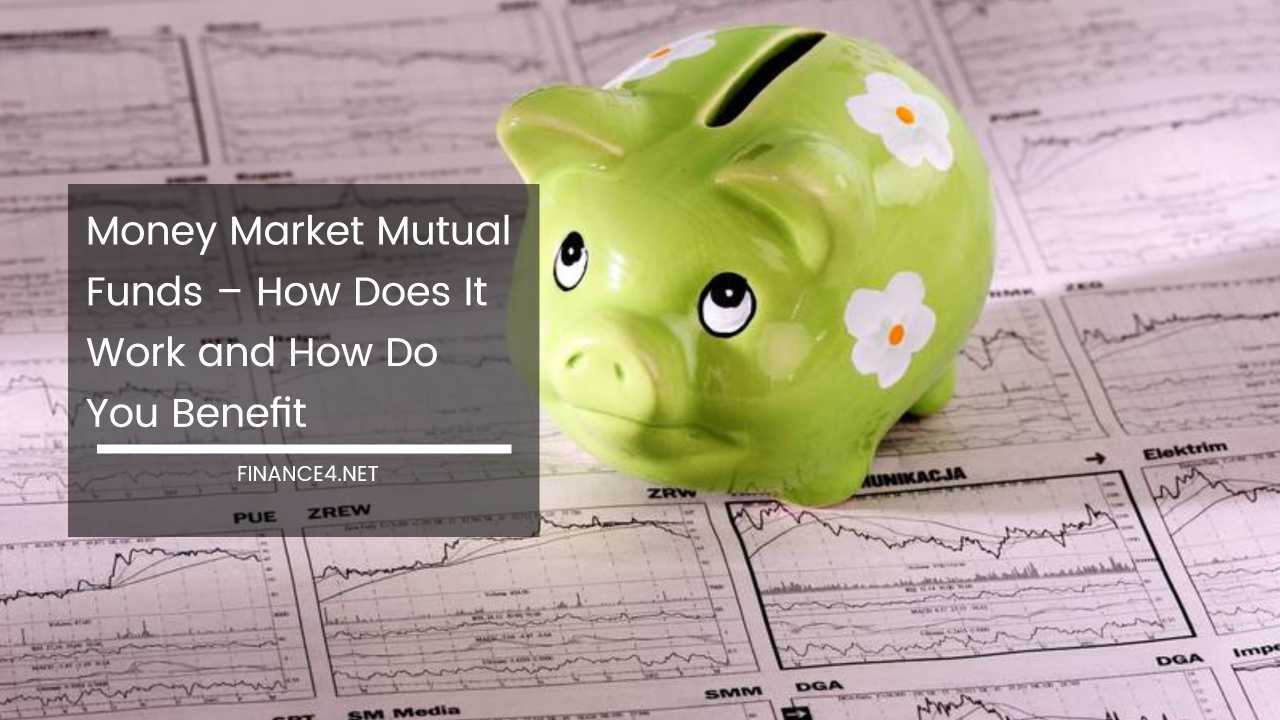10 Most Powerful Cars That Cost More to Insure

Top Ten Cars That Attract Higher Insurance Rates: Buckle Up for a Price Hike
Owning a car is a symbol of freedom and convenience, but the thrill of cruising down the open road can be tempered by the reality of car insurance costs.
While several factors influence insurance premiums, the car itself plays a significant role. Some vehicles simply cost more to insure due to repair expenses, theft rates, and the demographics of drivers typically drawn to those models.
If you’re shopping for a new car, being aware of insurance costs upfront can help you make informed decisions. So, buckle up as we explore the top ten cars that will likely land you with a higher insurance bill.
Why Certain Cars Cost More to Insure
Before diving into the list, let’s delve deeper into why some cars are insurance magnets. Here are the key factors that contribute to higher premiums:
-
High Value & Repair Costs: Luxury cars with hefty price tags translate to expensive repairs in case of accidents. Replacing parts on a high-performance vehicle can be significantly more costly than a standard sedan. Consider the exotic materials and specialized technologies used in these cars. A fender bender on a Maserati could involve replacing a carbon fiber component, while a similar incident on a Toyota Corolla might involve repairing a standard steel panel.
-
Performance & Safety Features: Cars with powerful engines and high top speeds are seen as riskier by insurers. They’re statistically more likely to be involved in high-speed accidents, leading to more expensive repairs or total losses. Additionally, vehicles packed with advanced safety features like lane departure warnings, automatic emergency braking, and adaptive cruise control often come with expensive repair and replacement costs for those systems themselves.
-
Theft Rates: Cars that are frequently targeted by thieves lead to higher insurance premiums. Insurers base their rates on the likelihood of a car being stolen and needing to be replaced. Luxury cars, high-performance vehicles, and even certain popular models with readily available parts are more susceptible to theft, driving up insurance costs.
-
Driver Demographics: Younger drivers and those with a history of accidents or traffic violations typically face higher insurance rates. Certain car models tend to attract these demographics. For example, a powerful muscle car might be a popular choice for a young driver seeking excitement, while a luxury SUV might be favored by someone with a higher income. These factors influence the overall risk profile for insurers.
Top Ten Cars with Potential for Higher Insurance Rates
Now, let’s unveil the top ten contenders, along with some additional insights into why they might land you with a higher insurance bill:
-
Maserati Quattroporte GTS GranLusso: This Italian stallion boasts luxury, power (over 530 horsepower!), and a hefty price tag exceeding $111,000. The combination of these factors makes it a prime candidate for expensive insurance. Not only are repairs costly due to the use of premium materials and high-tech components, but the powerful engine also suggests a riskier driving style to insurers.
-
Porsche Taycan Turbo: This electric powerhouse offers exhilarating performance with a 0-60 mph time of under 3 seconds, cutting-edge technology like a “driver’s cockpit” display, and a luxurious interior. However, these features come at a price – a high insurance premium. The cutting-edge technology can be expensive to repair or replace in case of an accident, and the high-performance nature translates to a riskier profile for insurers.
-
Audi R8: The sleek design and heart-pounding horsepower (over 600 horsepower) of the Audi R8 make it a dream car for many. But that dream comes with the reality of potentially high insurance costs. The combination of a powerful engine, high potential repair costs, and a demographic that might include younger drivers seeking a sporty car all contribute to a higher insurance risk for insurers.
-
Tesla Model S Plaid: This high-performance electric vehicle boasts impressive speed (reaching 0-60 mph in under 3 seconds) and features like a yoke steering wheel. However, the cutting-edge technology and potential repair costs for the electric drivetrain and battery system can translate to a higher insurance bill. Additionally, the high-performance nature can be seen as a risk factor by insurers.
-
BMW M8 Competition: This high-performance BMW offers exhilarating driving dynamics with over 600 horsepower and luxurious amenities. The combination of power and luxury makes it a potential target for higher insurance rates. Repair costs for high-performance engines and luxury features can be significant, and the car might attract a demographic of drivers seeking a sporty experience.
-
Dodge Challenger SRT Hellcat: This American muscle car is renowned for its raw power (over 700 horsepower) and aggressive design. However, its performance capabilities can lead to higher insurance costs for some drivers. The powerful engine translates to a higher risk of accidents in the eyes of insurers, and the muscle car image might attract drivers seeking a thrilling ride. Additionally, parts for high-performance engines can be expensive to replace.
-
Mercedes-Benz AMG G-Class: This iconic SUV combines rugged capability with luxurious comfort. The high price tag (starting over $180,000) and off-road prowess can make it a target for higher insurance premiums. Luxury car repairs are generally expensive, and the G-Class’s off-road capability suggests a higher risk of potential damage, leading to increased insurance costs.
-
Nissan GT-R: This high-performance Japanese sports car is a force to be reckoned with on the track, boasting over 560 horsepower. However, its speed and potential repair costs can lead to higher insurance rates. The powerful engine and high-performance design suggest a riskier driving style to insurers, and parts for this car can be expensive to replace in case of an accident.
-
Ford Mustang Shelby GT500: This American muscle car offers a thrilling driving experience with its powerful engine (over 760 horsepower). But that power comes at a price, potentially impacting insurance costs. Similar to the Dodge Challenger, the high horsepower translates to a higher perceived risk by insurers due to the potential for aggressive driving and expensive repairs.
-
Land Rover Range Rover: This luxurious SUV is known for its off-road capability and refined interior, often exceeding $100,000 in price. The combination of luxury features and potential repair costs can make it a contender for higher insurance rates. As with the Mercedes G-Class, luxury car repairs are expensive, and the Range Rover’s off-road capability suggests a higher risk of potential damage, leading to increased insurance costs.
Beyond the List: Additional Factors Affecting Insurance Rates
It’s important to remember that this list is not exhaustive. Several other factors can influence your insurance premium, including:
- Your Age and Driving History: Younger drivers (typically under 25) and those with a history of accidents or violations typically face higher rates. Younger drivers are statistically less experienced, and a history of accidents or violations indicates a higher risk profile.
- Your Location: Urban areas with higher theft rates often lead to increased insurance costs. The greater likelihood of theft in densely populated areas translates to a higher risk for insurers.
- Your Annual Mileage: Drivers who put more miles on their car each year may pay more for insurance. Insurers base rates partly on the risk of accidents, and more miles driven translates to a higher chance of an incident.
- Your Coverage Options: Choosing higher coverage limits or comprehensive and collision coverage will increase your premium. The more coverage you choose, the more the insurance company has to pay out in case of an accident, so the premium reflects that increased risk.
Saving Money on Car Insurance
Even if you choose a car on this list, there are ways to potentially lower your insurance costs:
- Shop Around and Compare Rates: Don’t settle for the first quote you receive. Get quotes from multiple insurers to find the best deal. Different insurance companies weigh risk factors differently, so comparing quotes can help you find the most competitive rate.
- Maintain a Clean Driving Record: Avoiding accidents and traffic violations can significantly lower your insurance premiums. A clean driving record demonstrates responsibility and a lower risk profile to insurers.
- Increase Your Deductible: Choosing a higher deductible can lower your monthly premium. The deductible is the amount you pay out of pocket before your insurance kicks in. By increasing your deductible, you take on more financial responsibility in case of an accident, but you’ll also pay less upfront for your premium. However, be sure you can afford the deductible in case of an accident.
- Take Advantage of Discounts: Many insurance companies offer discounts for things like good student grades, low annual mileage, taking defensive driving courses, insuring multiple vehicles with the same company, or owning safety features like anti-theft systems or airbags.
By understanding the factors that influence insurance rates and considering these tips, you can make informed decisions when shopping for a new car and potentially save money on your insurance bill.



